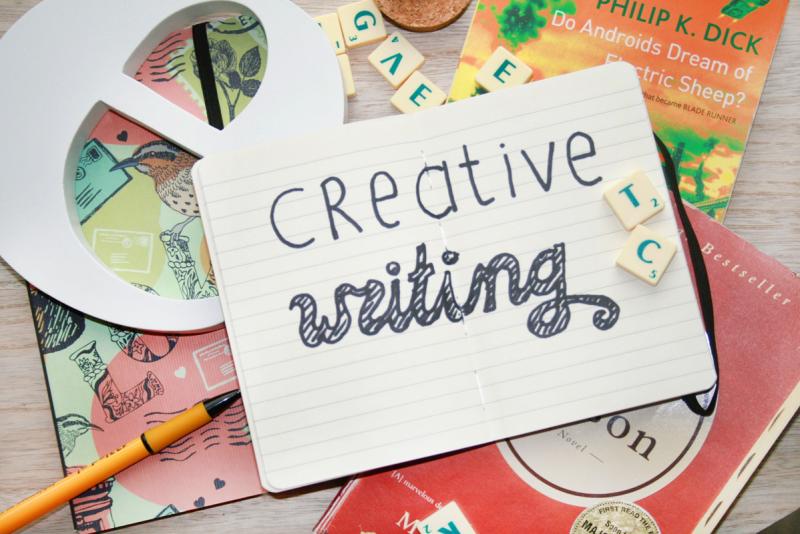Is creative writing considered an art?
Yes, creative writing is widely considered an art form. It involves the expression of thoughts, ideas, and emotions through the use of language in unique and imaginative ways. Creative writing encompasses a variety of genres, including fiction, poetry, drama, and creative nonfiction, each allowing writers to explore different styles and techniques.
Several characteristics of creative writing contribute to its classification as an art:
Expressiveness: Creative writing allows for the expression of individual perspectives, emotions, and experiences. Writers use language creatively to convey their unique voice and vision.
Originality: Creative writing often involves the creation of original content, whether it's crafting fictional stories, composing poetry, or developing characters and settings that are products of the writer's imagination.
Aesthetic Value: Like other art forms, creative writing is appreciated for its aesthetic qualities. The use of language, word choice, rhythm, and structure can contribute to the overall beauty and impact of a piece.
Creativity and Innovation: The heart of creative writing lies in its emphasis on creativity and innovation. Writers have the freedom to experiment with different styles, narrative techniques, and forms to produce something new and inventive.
Storytelling: Many forms of creative writing, particularly fiction and drama, involve storytelling. Crafting compelling narratives requires a combination of creativity, skill, and an understanding of the human experience.
Emotional Impact: Creative writing has the power to evoke emotions and connect with readers on a deep and personal level. Writers can convey complex emotions, explore human relationships, and offer insights into the human condition.
Subjectivity: Like other art forms, the interpretation of creative writing is subjective. Readers may engage with a piece in various ways, finding personal meaning and significance.
Craftsmanship: Successful creative writing often involves a high level of craftsmanship. Writers hone their skills in language, plot development, character creation, and other elements to create a well-crafted piece of art.
Whether it's a poem, short story, novel, or play, creative writing is a medium through which individuals can express their creativity, explore their imaginations, and communicate with others. Many writers view their work as a form of self-expression and a way to contribute to the rich tapestry of human culture and artistry.
In what ways is creative writing categorized as an art form?
Creative writing holds its own space as an art form, enriching our lives and understanding of the world in ways similar to visual arts, music, or theater. Here are some key aspects that solidify its artistic merit:
Expression and Interpretation:
- Emotional exploration and evocation: Like painters using colors and brushes, creative writers utilize words and language to express emotions, provoke thought, and create impactful experiences for readers.
- Subjectivity and interpretation: While a painting might present a singular image, a poem or story opens up a world of possibilities for interpretation. Each reader brings their own unique perspective and experiences, weaving their own meaning into the written words.
- Aesthetic beauty and craftsmanship: Just as musicians orchestrate sounds, writers carefully choose words, craft sentences, and build narratives to create rhythm, flow, and a sense of aesthetic beauty.
Imagination and Worldbuilding:
- Creation of fictional worlds and characters: From fantasy realms to historical settings, creative writers breathe life into imaginary worlds and characters, inviting readers to step into their shoes and explore beyond the confines of reality.
- Exploration of hypothetical scenarios and ideas: Through fiction, writers can investigate potential futures, delve into philosophical questions, and tackle complex societal issues, offering unique perspectives and prompting reflection.
- Pushing boundaries and challenging conventions: Like abstract art questioning traditional forms, creative writing can experiment with language, challenge established narratives, and break down cultural barriers, sparking social discourse and pushing the boundaries of artistic expression.
Historical and Cultural Significance:
- Preserving and reflecting cultural experiences: Literature preserves and transmits cultural stories, traditions, and values across generations, shaping our understanding of history and enriching our collective memory.
- Influencing other art forms and society: From inspiring visual artists to musicians, creative writing's impact echoes across various creative mediums and plays a significant role in shaping societal ideals and perspectives.
- Documenting and critiquing societal issues: With their critical lens, writers can expose social injustices, raise awareness about critical issues, and spark change through their narratives, reflecting and shaping the world around them.
Ultimately, creative writing stands tall as an art form that blends imagination, language, and human experience, offering powerful means of expression, connection, and exploration. It allows us to escape reality, challenge assumptions, and connect with the depths of human emotions, solidifying its place among the diverse spectrum of artistic endeavors thatenrich our lives.
I hope this helps! Let me know if you have any further questions about creative writing as an art form.


